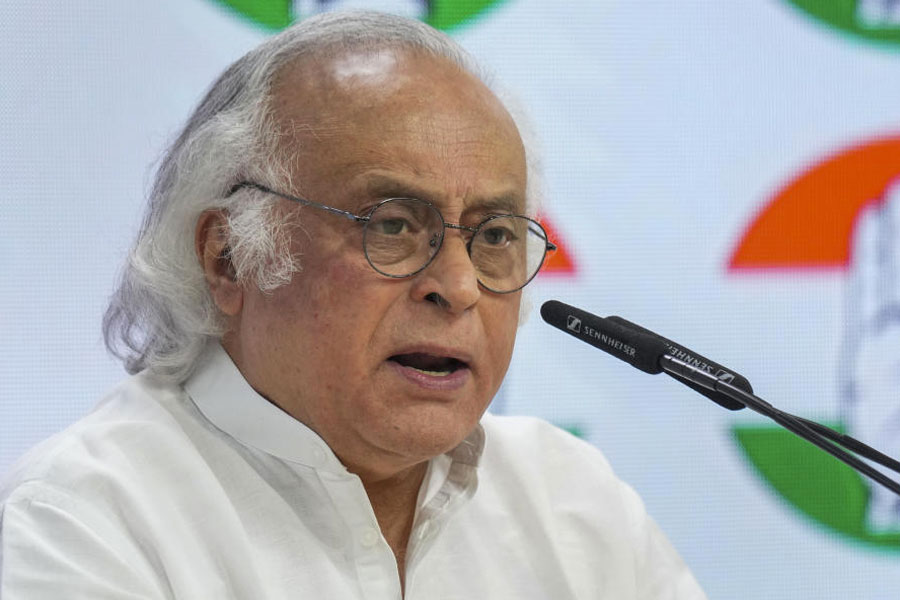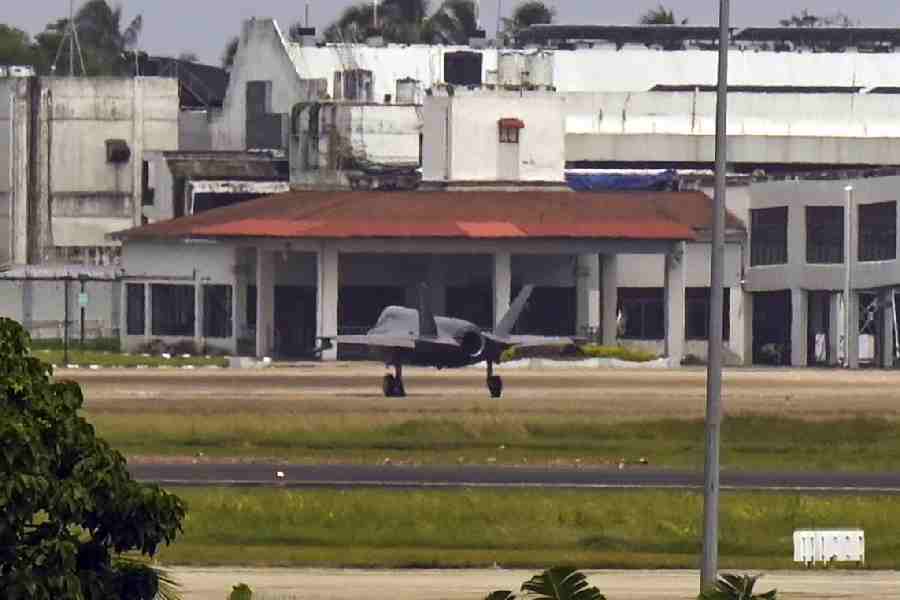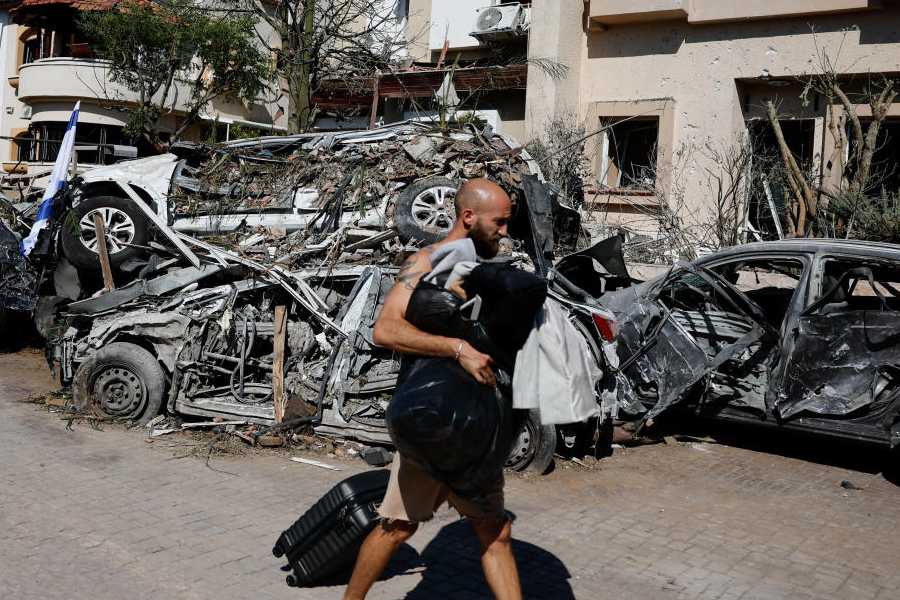 |
| The locked museum on Thursday morning. A Telegraph picture |
Siliguri, Dec. 27: You must have sometimes wondered what happened to the Team India jersey that Sourav Ganguly whipped off and whirled round his head at Lord’s after that nail-biting win over England in the Natwest Series final in 2002.
The jersey is kept at Krira Dipti, a sports museum that lies forgotten in one corner of Kanchenjunga Stadium in Siliguri.
The museum also houses such gems as the tennis racket Mahesh Bhupathi used when he and Leander Paes won the men’s doubles final at Wimbledon in 1999 and the swimming costume that Bula Chowdhury wore while crossing the Strait of Gibraltar in 2000.
However, a visit to Krira Dipti is more than likely to end at the locked iron grille in front of the museum, with no signboard anywhere to say when it remains open.
“Krira Dipti remains open every day from 4-7 in the evening and we have deputed one of our employees exclusively for this purpose,” said Alok Kundu, an official of the stadium committee, which is responsible for the museum’s maintenance.
When The Telegraph visited Krira Dipti this afternoon, however, it emerged that the museum is open only from 5-7pm. Sushanta Roy, the man employed by the stadium committee for the museum, was not present and his wife was in charge. The woman refused to divulge her name.
There were no visitors, though the exhibits appeared well maintained. Kept inside showcases, all of them had brief descriptions written on cards. A few of the descriptions tended to be sketchy — the card with hockey legend Gurbux Singh’s blazer from the 1982 Asian Games does not mention that he was a technical official in the games — or inaccurate. The year of Chowdhury’s swim across the Strait of Gibraltar is given as 2004.
The lack of interest in the museum shown by the residents of the town is in marked contrast to what happened when Rahul Dravid, the then vice-captain of the Indian cricket team, inaugurated Krira Dipti in August 10, 2004. Ganguly, who was the captain of the team then, and Irfan Pathan, a young fast bowler who had just made a sensational start to his international career, accompanied Dravid to Siliguri and more than 20,000 people had turned up to get a closer look at the trio.
Bengal urban development minister Asok Bhattacharya, the main architect of the museum, was also present.
Siliguri Mahakuma Krira Parishad officials hinted that people in Siliguri were not passionate enough about sports and that is why they stayed away from the museum.
Samir Bindu Dhar, the secretary of the Krira Parishad, said: “We are always trying to attract the residents of the town towards sports. Establishing the sports museum, perhaps the only one of its kind in the entire state, was one of our major initiatives to this end.”
However, an official of the Krira Parishad said the real reason for public apathy is that the sports body and the stadium committee have not done enough to promote Krira Dipti. There is no full-time curator and no special security arrangements at the museum either, the official added.
Tour operators, too, believe that if the museum was properly promoted, it could become a popular tourist destination.
“People are not even aware of its existence,” said Raj Basu, the working president of the Eastern Himalayan Travel and Tour Operators Association. “If the organisers of the sports museum promoted it, as North Bengal University did for its museum, then not only tourists, but residents of the town will also visit it.”











